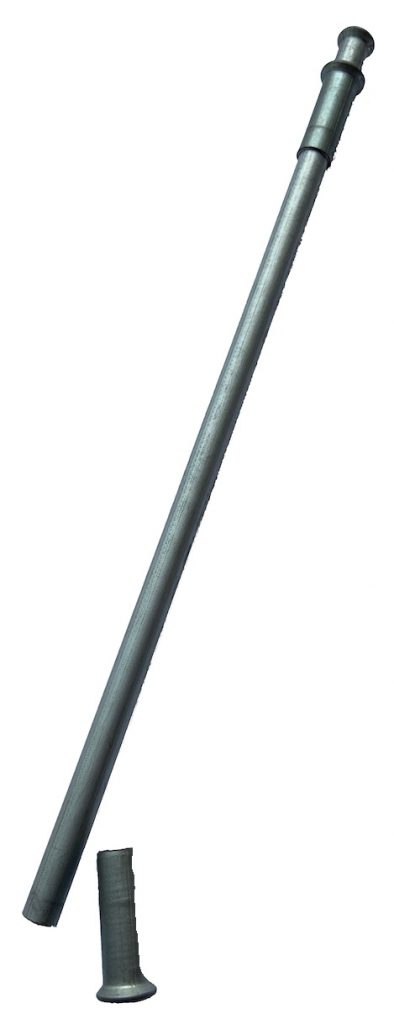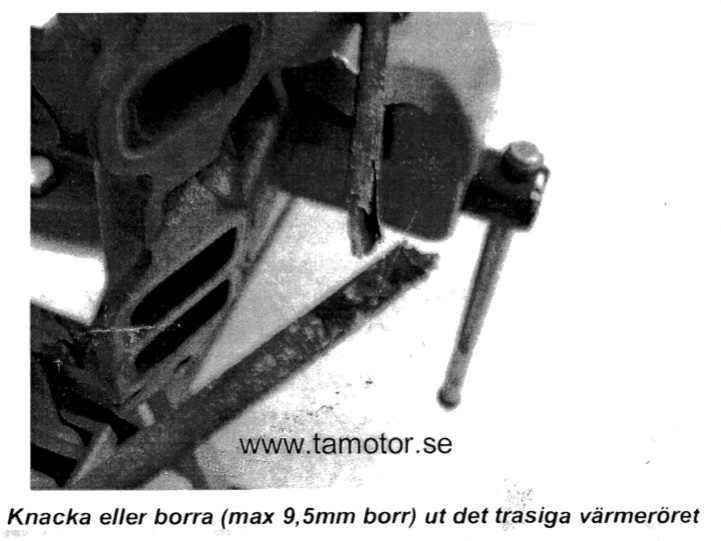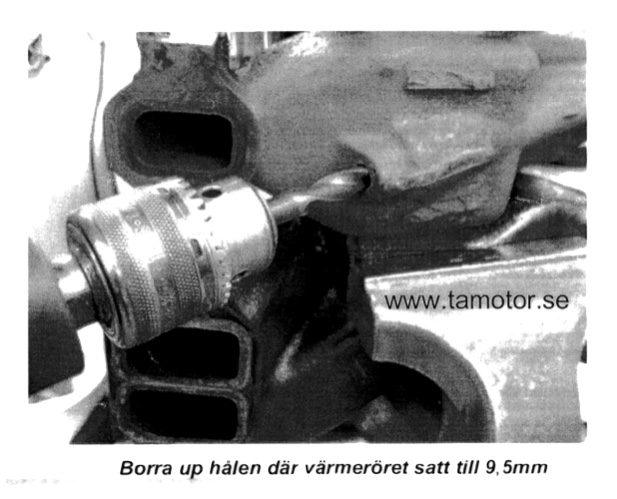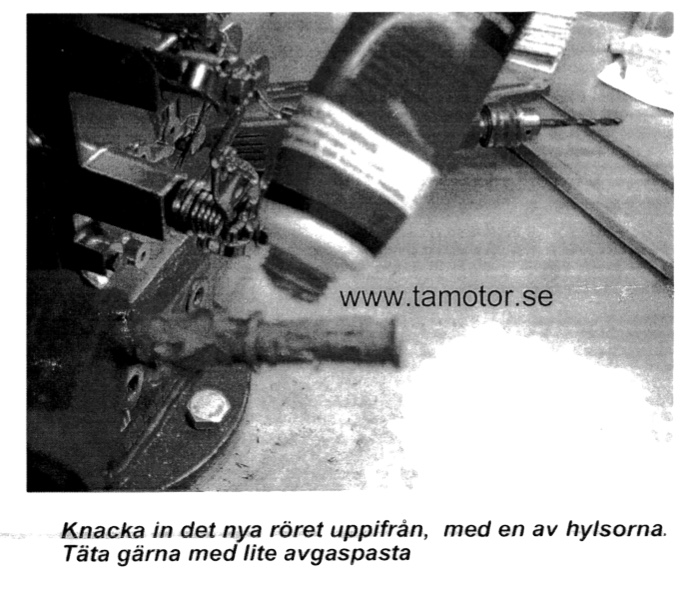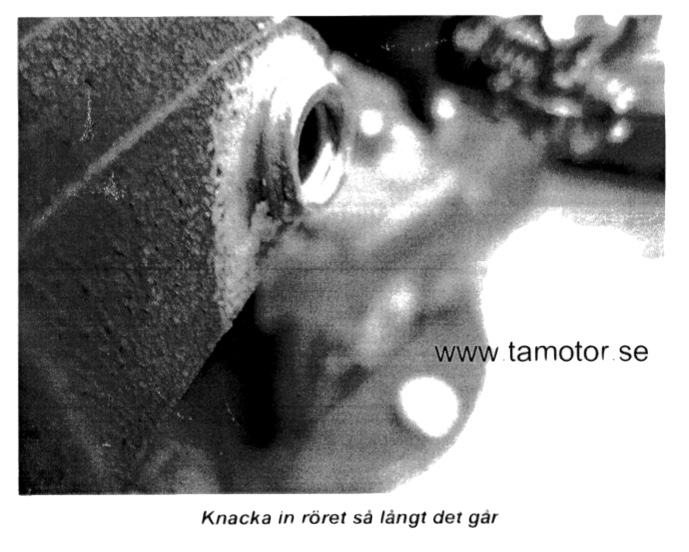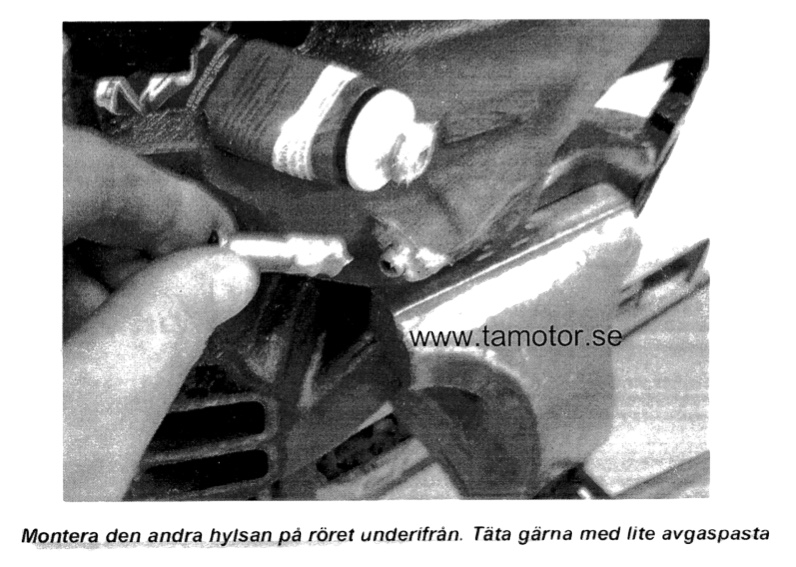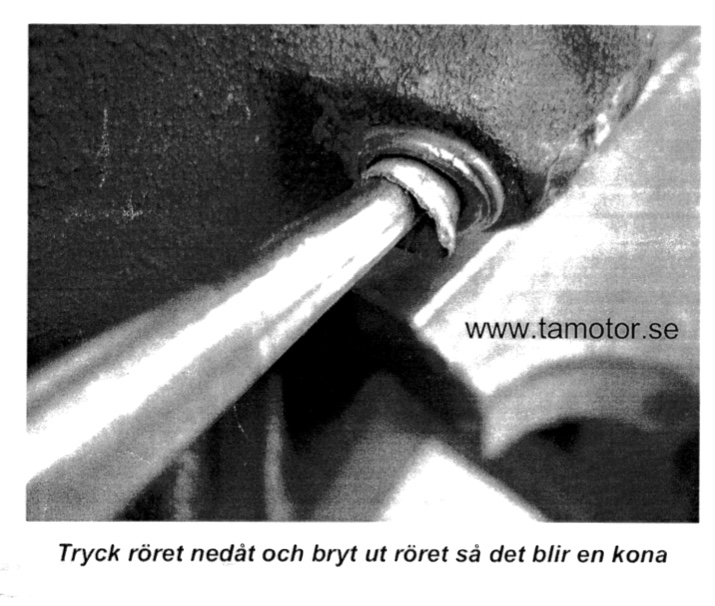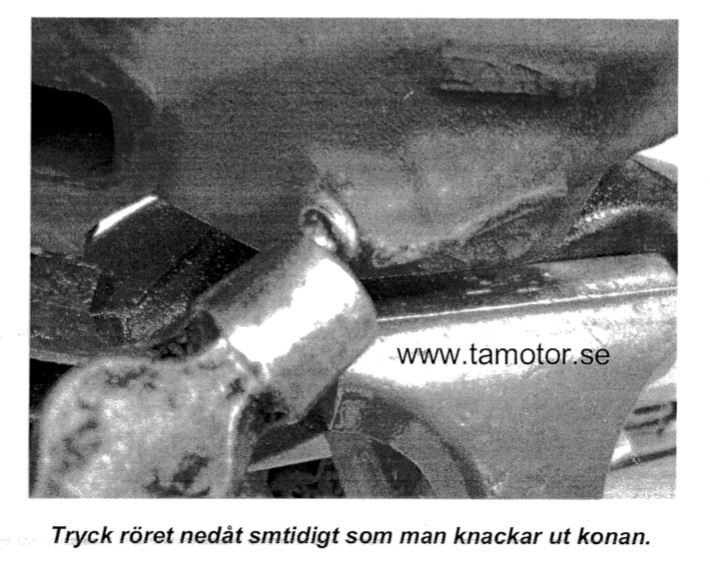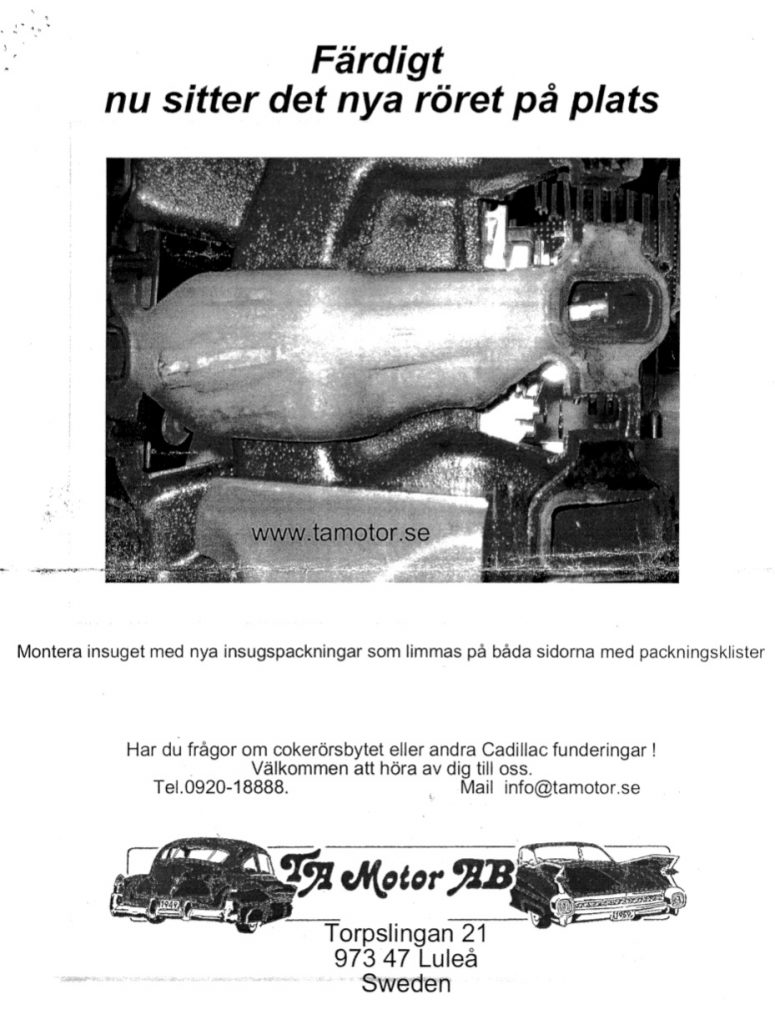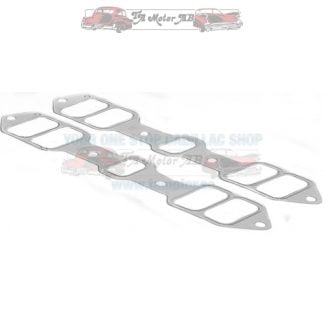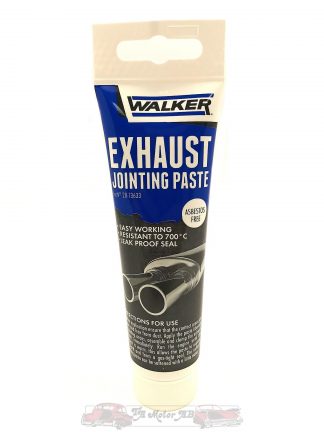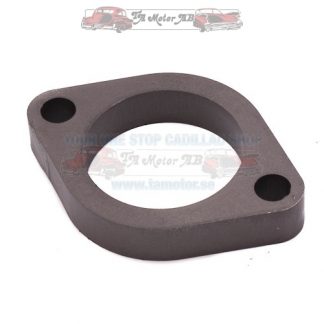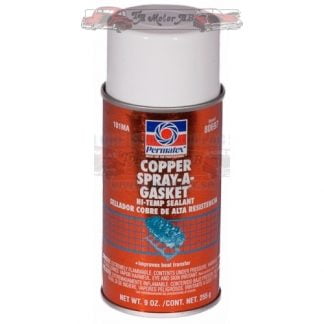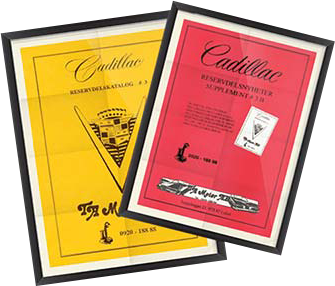Description
Choke pipe that goes straight through the intake. This is a newly manufactured steel pipe that differs slightly from the original in terms of material appearance and internal dimensions, but it is easier to install and cheaper. Check under Tips! what to do when changing the tube
This is how it should work: When the engine is started and cold, the exhaust damper is in the closed position, the damper sits between the manifold and the exhaust pipe and with the help of a bimetal (round spring) that sits on the outside of the damper, the damper is automatically adjusted to the correct position. The outlet of the exhaust gases is limited on that side and is pushed up through the intake and out through the other side manifold, the preheating channel that goes straight through the intake gets heated by the hot exhaust gases and also the choke pipe which is placed in the middle of the preheating channel. The carburettor's bimetal choke (inside the round bakelite cover) has a small narrow connection to the vacuum in the carburettor. Because a vacuum is formed in the carburetor's choke part, air is sucked in from the bottom edge of the intake through the hole marked with a blue arrow and an A. The air then goes through the choke tube (marked with red arrows) where the air in the tube is heated and then continues to the bimetal of the carburettor. When the bimetal in the choke housing gets hot, the carburetor's choke damper opens. The exhaust damper, which has also become hot, opens and freely releases the exhaust gases through both manifolds. The engine is now warm and does not need a choke or heat in the intake preheating channel.
The problem: After 50-60 years with many stationary winters or even years, the exhaust damper has rusted in the closed position and will not open when the engine warms up. The exhaust gases then go up the top through the intake and out through the top cover on the other side. When you have that problem, the engine, cylinder heads and intake will be extremely overheated because the exhaust is restricted on one side by the closed throttle. Replace the rusted damper with a Replacement plate AVG-5666. Even if the damper is missing, the exhaust gases will still find their way up into the intake and heat up the preheating duct and choke pipe. But you should readjust the automatic choke because you are delaying the choke function. Yes, it was the problem with the exhaust damper, but back to the choke tube. After as many years, the choke pipe inside the preheating channel has rusted holes, what then happens is that exhaust gases and soot are sucked into the pipe and continue up into the carburetor's choke mechanism, which binds and is then destroyed by the hot exhaust gases and soot. But it will also push exhaust gases into the choke pipe and then they are pushed out at the blue marked A arrow. So you get an exhaust gas leak during the intake, but you fix that by replacing the choke tube.


